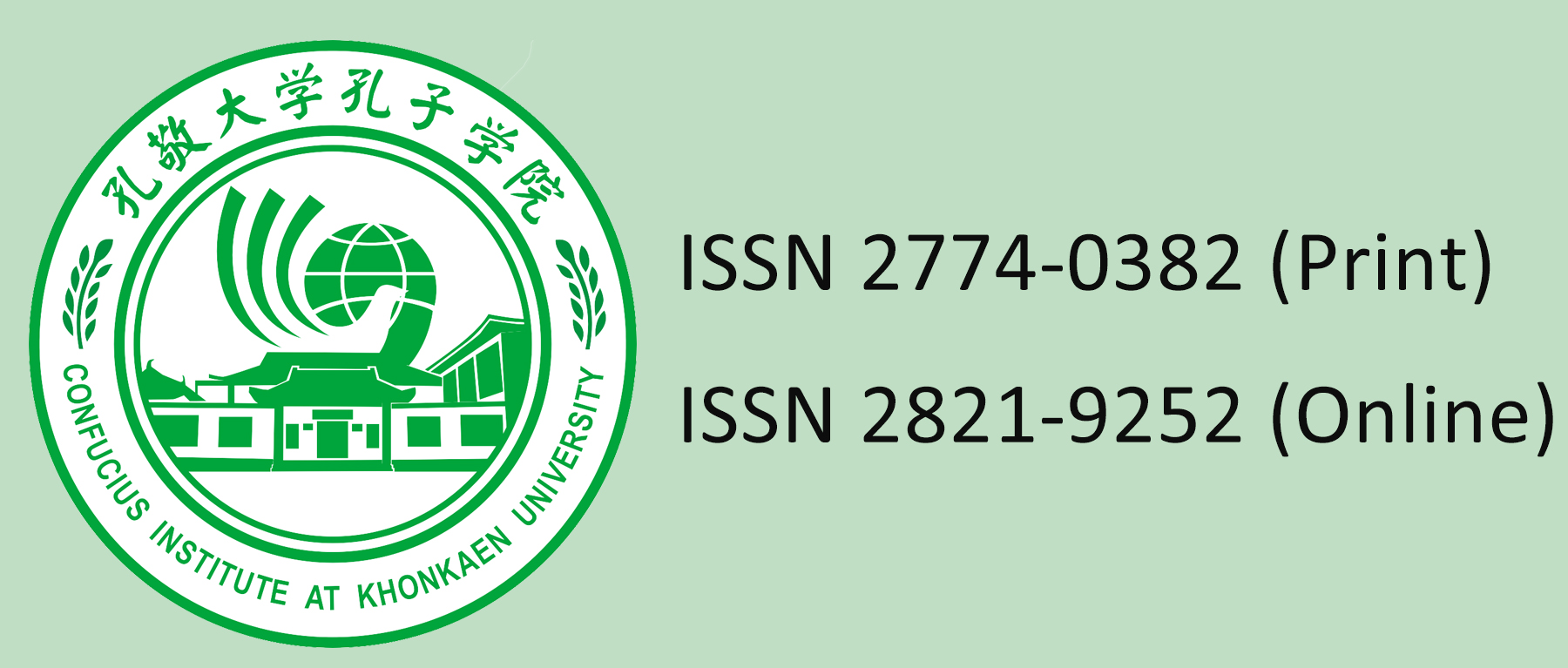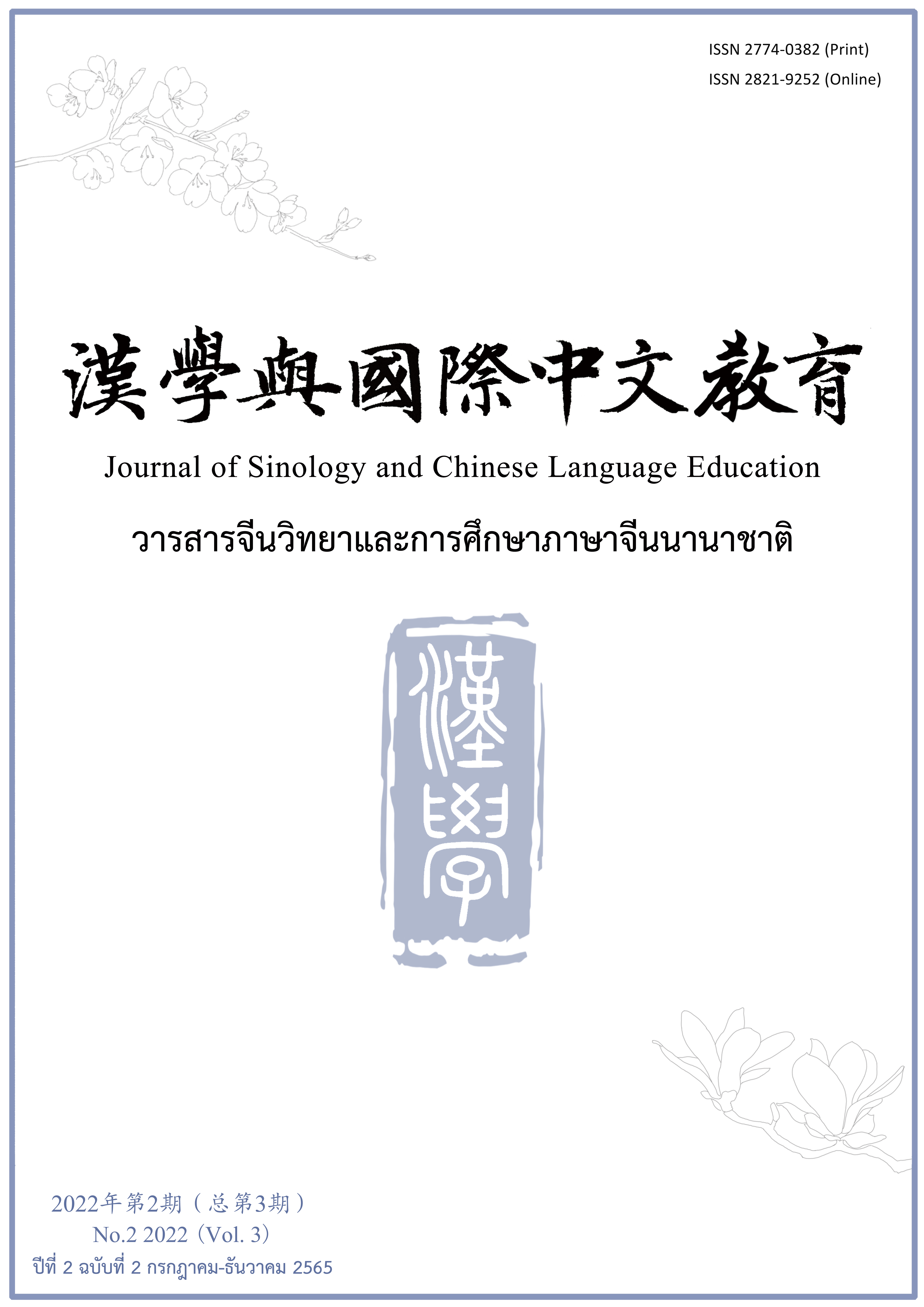An Comparative Empirical Study on Intercultural Sensitivity Scale of International Chinese Novice and Skilled Teacher
Main Article Content
Abstract
Intercultural sensitivity is an emotional force for a person to understand and appreciate cultural differences. International Chinese teachers are typical intercultural communicators. The differences of intercultural sensitivity scale among novice and skilled teachers are important psychological and emotional factors affecting their intercultural communication ability. At present, the researches mainly focus on foreign languages, foreign trade, medicine, multinational enterprises, tourism and other industrial group. The research in the major of teaching Chinese to speakers of other languages is mainly about the quasi teachers who are engaged in this occupation. However, there is no dynamic comparative research on the novice and skilled teachers who are engaged in international Chinese education. Based on the ISS (intercultural sensitivity scale) published by Guo Ming Chen & William J. Starosta in 2000, this paper makes a comparative study about the intercultural sensitivity scale of between novice less than 5-year novice teachers and 5-16 year skilled teachers by using the quantitative research method of SPSS25 data analysis. This paper holds that: the overall intercultural sensitivity scale of skilled teachers is higher than that of novice teachers, especially in the correlation between the two important dimensions of interaction confidence and interaction enjoyment, skilled teachers are stronger than novice teachers, especially in interaction confidence, and the difference between skilled teachers and novice teachers is the largest. Therefore, the paper holds that the cultivation of international Chinese teachers’ self-confidence in intercultural communication is the key factor to improve intercultural sensitivity scale and intercultural communication ability, and it is also the ability that artificial intelligence can not replace in the future digital intelligence era.


